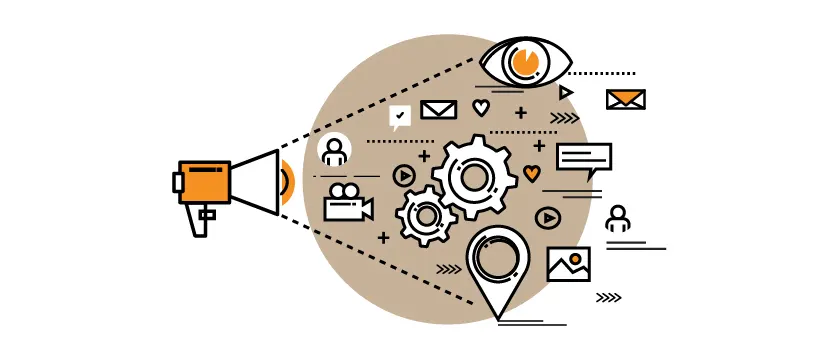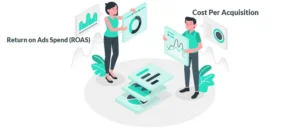Introduction
In an era where environmental consciousness is no longer a niche concern but a global imperative, sustainability has become a central focus in various industries. Media planning, as a pivotal component of the advertising landscape, plays a crucial role in shaping consumer perceptions and behaviors. Let’s explore how green advertising strategies are not only aligning brands with eco-conscious values but also contributing to a sustainable future.
The Power of Purpose-Driven Campaigns
Consumers today are more inclined to support brands that demonstrate a commitment to social and environmental causes. Sustainability in media planning begins with crafting purpose-driven campaigns that showcase not only a brand’s products but also its values. Communicating a genuine dedication to sustainability creates a positive brand image and fosters loyalty among environmentally-conscious consumers.
Leveraging Eco-Friendly Platforms
In 2023, media planners have a plethora of platforms at their disposal, each with its environmental impact. Choosing eco-friendly platforms can make a significant difference. Whether it’s selecting hosting services powered by renewable energy or utilizing platforms that actively offset their carbon footprint, these choices contribute to a more sustainable media planning approach.
Digital Transformation for Reduced Carbon Footprint
The shift towards digital advertising has undeniable environmental benefits compared to traditional print and broadcast media. Media planners can further enhance this advantage by optimizing digital campaigns for energy efficiency. This includes minimizing large file sizes, adopting responsible hosting practices, and leveraging technologies that reduce the overall carbon footprint associated with digital advertising.
Embracing Minimalism in Design
Sustainable media planning extends beyond the choice of platforms and channels. It involves a commitment to minimalist design principles. By opting for clean, simple designs, media planners can reduce the environmental impact associated with resource-intensive graphics and videos. Streamlined content not only enhances user experience but also aligns with the ethos of sustainability.
Eco-Friendly Packaging for Visual Impact
Incorporating sustainable practices into media planning isn’t limited to the digital realm. For brands with physical products, the packaging is a tangible representation of their commitment to sustainability. Media planners can collaborate with brands to showcase eco-friendly packaging in visual campaigns, emphasizing the importance of responsible consumption.
Educating and Engaging Consumers
A key aspect of sustainable media planning involves educating consumers about the environmental impact of their choices. Crafting engaging content that highlights the benefits of sustainable practices, encourages responsible consumption, and provides actionable steps fosters a sense of shared responsibility. Informed consumers are more likely to support brands with a strong commitment to sustainability.
Measuring and Communicating Environmental Impact
To truly embrace sustainability in media planning, it’s essential to measure and communicate the environmental impact of advertising campaigns. Media planners can work with brands to develop transparent reporting mechanisms that showcase metrics such as carbon footprint reduction, energy savings, and the positive contributions made towards environmental causes.
CONCLUSION
In conclusion, sustainability in media planning is not merely a trend but a fundamental shift towards a more responsible and conscientious approach to advertising. By integrating green advertising strategies, media planners become catalysts for change, driving the industry towards a future where environmental sustainability is not just a choice but an intrinsic part of the advertising ethos. In this way, media planning becomes a force for good, contributing to a greener tomorrow for generations to come.
To learn more or to acquire our services, please contact us at info@paypercampaign.com





